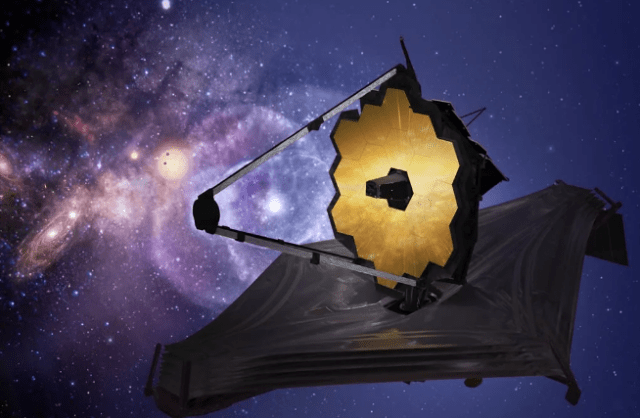The National Aeronautics and Space Administration (NASA), the European Space Agency (ESA), and the Canadian Space Agency (CSA) designed the world’s most powerful telescope to capture the images that were apparently too old or distant for the Hubble Space Telescope. The James Webb Telescope was launched on 25th December 2021 and its first image was released on 11 July 2022. Here are some of the spectacular captures of the cosmos by the telescope.
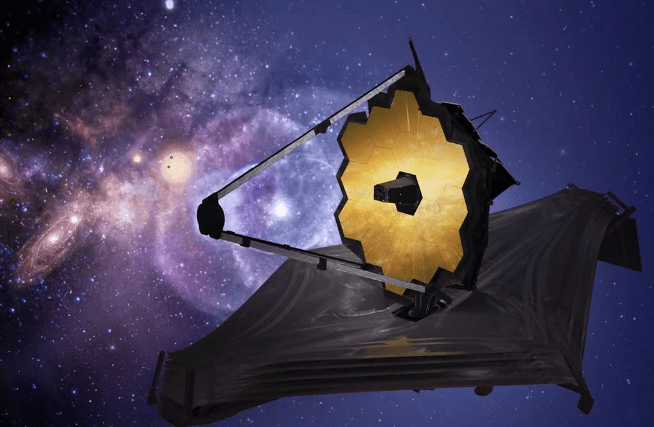
1. Protoplanetary Disk
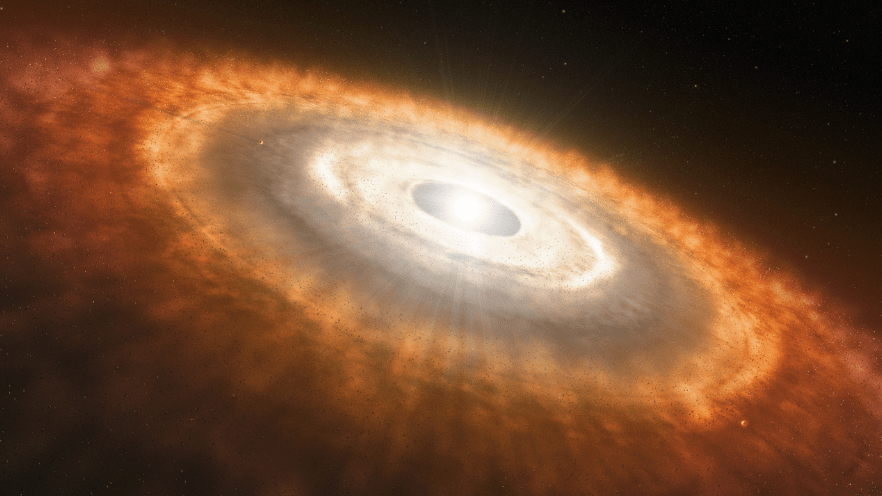
A protoplanetary disk is a rotating mass of dust and gases around a new born star. With the help of James Webb Telescope, a team of astronomers have observed water and various molecules. This discovery was made in one of the most extreme environments of the milky way galaxy, which indicated that terrestrial planets may be formed.
2. Protostar in Perseus
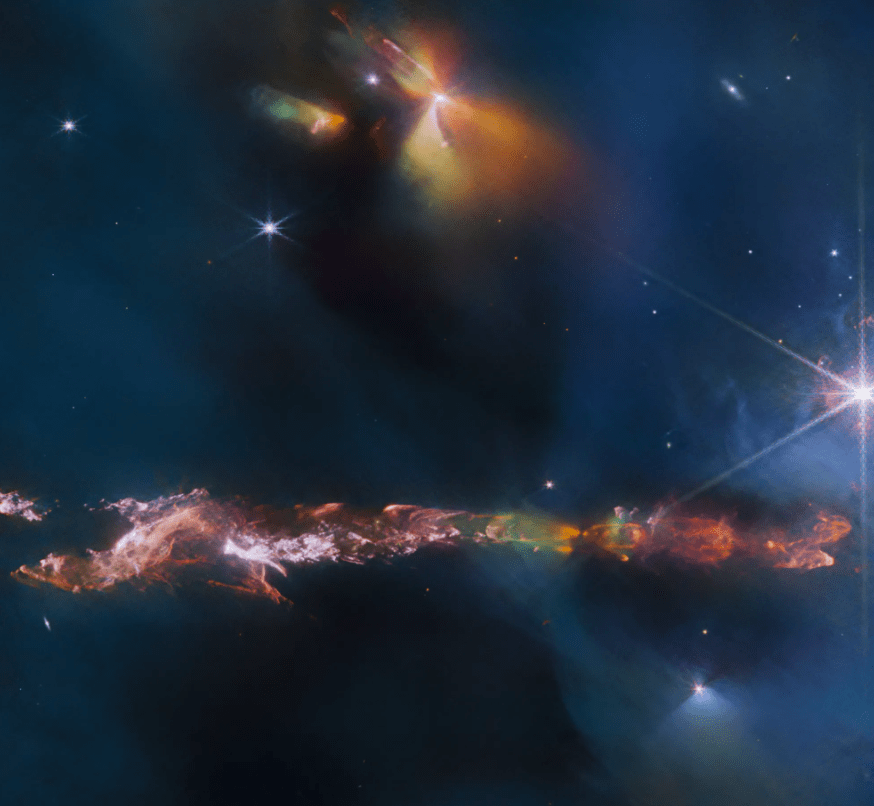
This image shows the definitions of Herbig Haro Objects 797 captured by the James Webb Telescope. Herbig-Haro obejcts are formed when gases from newborn stars, also known as protostars, form shockwaves after they collide with close particles with high speed.
3. Crab Nebula through the James Webb Telescope
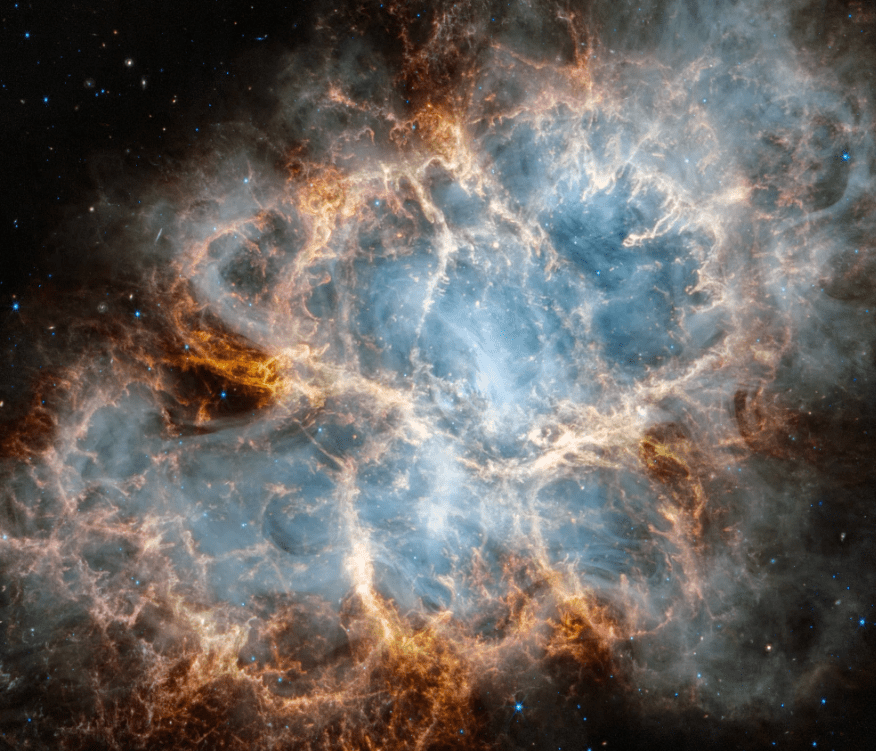
The Chinese astronomers, in 1054 AD, discovered the remainder of a supernova explosion that was referred to as Crab Nebula. It is a spectacular celestial object located within the Taurus constellation. This image was captured on the James Webb Telescope and revealed new details in the Crab Nebula.
4. Sagittarius C through Near infrared camera
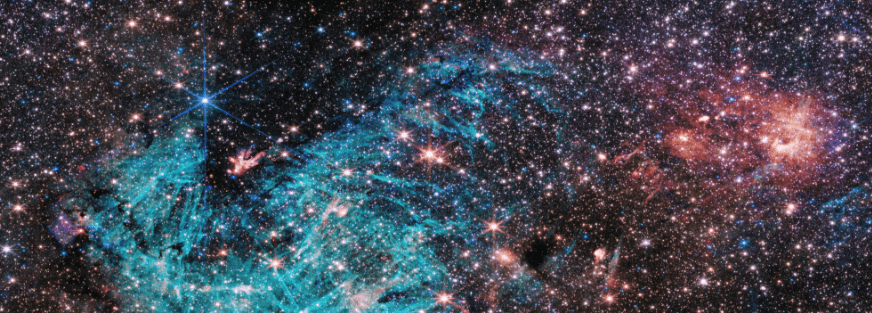
The James Webb telescope, in its most recent image, captures a part of the heart of the milky way galaxy with intricate details, which includes features that were never discovered before and astronomers still have to comprehend them.


